The lead is one of the basic building blocks of writing, and now more than ever, freelancers need to know how to write a lead if they want to land work.
A lead is your first chance to hook someone into clicking through and reading your entire story. If you’re writing for websites, the lead might be the only part of your story that shows up on the front page, other than the headline, so it’s got to be good enough to entice readers to want more.
In fact, that’s the perfect definition of a lead – a snippet of information that turns readers into Oliver Twist, asking for more.
A well-crafted lead isn’t that different from the opening line of a story query, so master one and you’ll most certainly do well at the other.
A story’s lead can impart information, set a tone, answer questions and hint at what’s to come. But they’re not all alike.
There are different types of leads for different types of stories. Here are some of the most common:
1. The News Lead
Also known as the 5 Ws lead or the straight news lead, this is the classic opening to a news story, the one they teach you first in journalism school. In it, you summarize the main aspects of an event, whether you’re covering a robbery, basketball game, pope’s resignation or results of a presidential election. The news lead shares information by answering the following:
- Who
- What
- Where
- When
- Why
- How (sometimes)
In some cases, fitting all of that information into the lead would result in a sentence that’s so long or convuluted you’d lose your readers. In those cases, include the most important of the Ws in the lead sentence and add the rest to a follow up.
Here’s an example of a straight news lead for a tech story on OregonLive.com, the website of the Oregonian, my hometown paper. The lead covers who (Facebook), what (donates $182,000), where (Crook County, a county in central Oregon where the social network operates a big data center), and when (Feb. 20, 2013). It doesn’t include why – the reasons were complicated enough that the writer devoted the second and third paragraphs to explain them. The lead also doesn’t cover how, which given the subject is a donation and Facebook probably wrote a check and gave it to the county, is a mintor detail compared to the others:
2. The Second-Day Lead
Reporters who work a beat or freelancers who write about certain topics on a regular basis often find themselves writing multiple stories about a single event. Think about a fire, an election, a bill slowly working its way through the legislative process. You don’t need a straight news lead for every story on a subject that readers are somewhat familiar with. In those cases, what I call a second-day lead works better.
A second-day lead assumes that readers already know the basics of a story, and you’re filling in the newest details. If you’re doing any type of writing for websites that are updated multiple times a day, you’re already familiar with second-day leads — or in this case, second-hour leads — since you’re probably writing them all the time.
Here’s an example of a second-day lead that NBCNews.com used for on a story about a Kansas City, Mo., restaurant fire. The fire was first reported the day before this ran, so the lead on this piece shares the most important updates since, namely that the body of one of the missing workers was found in the wreckage:
3. The Hook Lead
Unlike a straight news lead with its 5 Ws neatly accounted for, a hook lead tosses out one or two key details to “hook” readers so they want to know more. Often times, hook leads are purposely vague or mysterious, leaving out essential facts that can only be obtained upon further investigation.
Here’s an example of a hook lead on a Feb. 19, 2013, New York Times story about medical records technology legislation that’s helped some companies get rich. The lead alludes to a $19 billion government “giveaway” but doesn’t say exactly what that giveaway is until much deeper, where it’s revealed that the medical records industry got $19 billion in federal and state investments for shifting to electronic record keeping:
4. The Feature Lead
When it comes to leads for feature stories, the only rule is that there are no rules. Feature stories are typically more free form than news stories, so it follows that feature leads are more free form too. One freelance editor I know suggests that writers include in their stories the most strange, bizarre, quirky thing they discovered in their reporting. You could use the same trick for a feature lead.
Here’s a feature lead from “Frank Sinatra Has a Cold,” Gay Talese’s 1966 Esquire Magazine profile of the actor and singer. The article is often held out as one of the best examples of new journalism, and Esquire considers it one of the best stories the magazine has ever run. In this case, the lead builds slowly over details of where the singer is, who he’s with and what he’s doing, with the tension culminating in that critical last sentence of the second paragraph:
5. The Explanatory Lead
The explanatory lead is is like the preface or introduction in a book. It sets the scene without immediately jumping into the heart of the matter. I also call this The New Yorker lead because the magazine regularly publishes feature stories and profiles that run 10,000 words or longer, and when you’re writing stories of that length, you can afford to take 1,000 words to meander toward the purpose or subject of the story.
Explanatory leads are the opposite of straight news leads: they don’t get to the point. In fact, that’s part of the draw of an explanatory lead – you may not know where you’re doing, but you’re enjoying the ride.
True to form, New Yorker editor David Remnick’s July 2012 profile of Bruce Springsteen, “We Are Alive,” opens close to 5o years ago when the singer was just starting out:
6. The Anecdotal Lead
Everybody loves a good yarn. Sometimes the best way to explain a complicated or esoteric topic is with an anecdote or example. The anecdotal lead can also give readers a visual to hang onto so they’re not lost once you start explaining what the story is about. And if you save a few details for later, you’ll have them reading on to find out more. The Wall Street Journal is a huge proponent of the anecdotal lead; there’s no better way to teach yourself how they’re done than to study some Journal back issues.
An anecdotal lead is a good way to open a feature story, but you don’t need to reserve it for longer pieces. Here’s an example of an anecdotal lead on a 750-word story I wrote for MSN Money on new social networks teenagers are flocking to instead of Facebook. In the lead, I shared the story of my teenaged niece, who’s a perfect fit for the Instagram- and Snapchat-using teenagers I wrote about in the piece:
7. The Set Up Lead
When you write a Q&A, infographic, chart, listicle or blog post listing a bunch of different things, the lead has to introduce or set up what follows. The key is to pack as much information in as possible, while providing for a smooth transition to the information that comes next.
Here’s an example of a set up lead for a 500-word Q&A I did for Workforce Management, the HR trade magazine, with a Yale University Press editor and author of a book on what beekeeping had taught him about management. Because the piece was short, the lead had to introduce him, the book, topics covered in the Q&A, and me. In this case, the lead and introductory paragraph are one and the same:
Did I leave any types of leads out? If so, let me know and I’ll add them to the list.
[Flickr image by El Bibliomata]
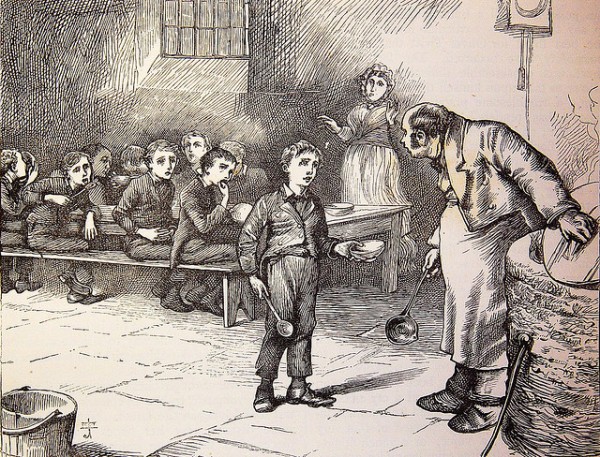
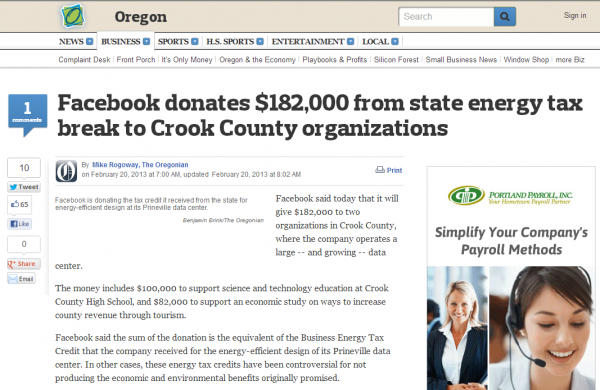
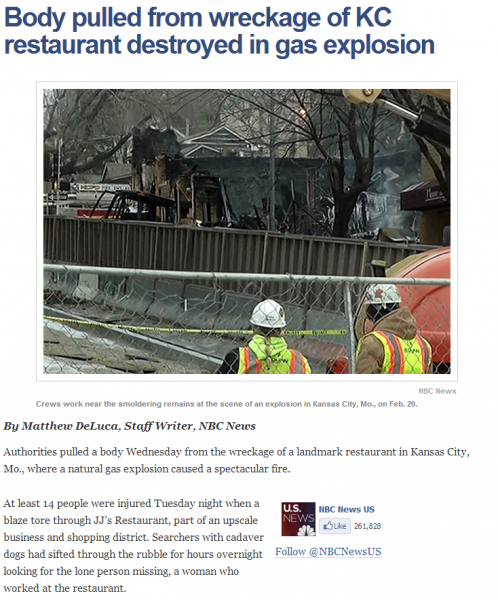


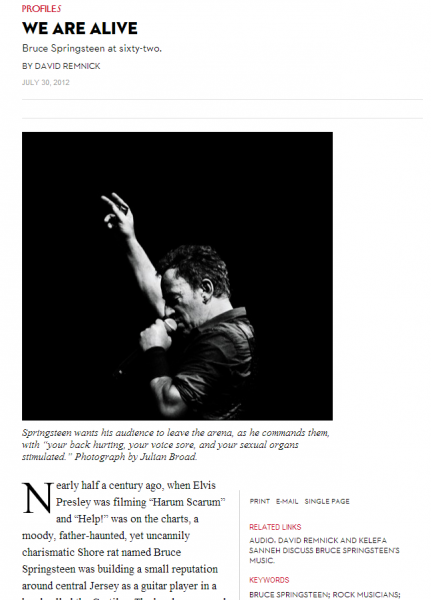
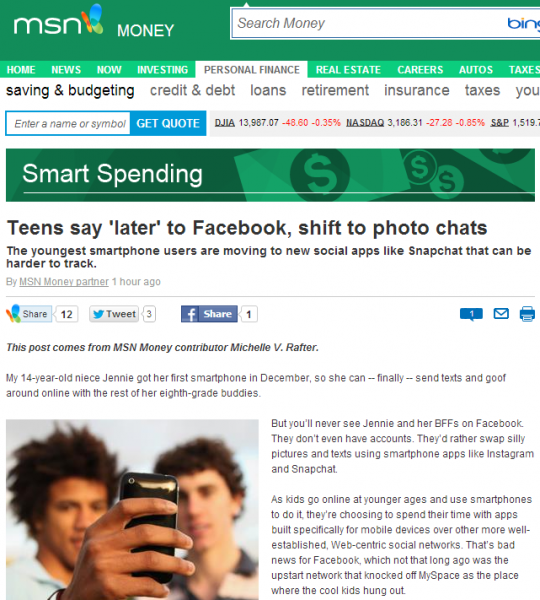

Michelle this information was very timely and helpful to me. Thanks for sharing it. Julie
Glad to be of service.
Michelle
These could potentially be lumped into other categories but I’d also add the rhetorical question (“Would you pay money to spend the night in jail?” as a lead-in to a piece about former jails turned into hotels) and the startling statistic lead (finding a mind-boggling stat that makes readers sit up and think “I had no idea there that many people with an obscure disease/dogs who do yoga/types of herbal tea!”). Both are similar to the hook lead.
Great post and solid examples!
Susan:
Great suggestion to include The Question Lead. It’s an easy one to mis-use — or should I say overuse — because it doesn’t force the writer to think as much as some other types of leads. OTOH, I used it for a story not long ago — one I can’t link to yet because it hasn’t been published — quite effectively, I think. I was trying to put the reader in the position of a company that had to figure out how to change a particularly tough situation, and posing the situation as a question was the best way I could think of to get readers to see the situation from the company’s point of view.
As for leading with statistics, I agree with you that it’s one form of a hook lead.
Michelle
Where do humorous leads fit in? During the last financial crisis they talked about the fiscal cliff. I happened to be writing about the dangers of predicting the installation costs of all the new LED light fixtures being developed. I called the article “Don’t Go Over The Fixture Cliff”. Would that qualify as a hook?
Steve:
Well, that’s technically a headline (and a pretty good one at that), which is different from a lead. But you make a good point – humorous leads are in a category all to themselves, and deservedly so because they’re pretty hard to pull off.
Michelle
Am I the only one who thought that the body was destroyed in the gas explosion? Ambiguous headline, that was.
Must be a Brian thing, I came down here to post the exact same question. lol
Actually, now that I see the date, the previous post was probably me, so move along, nothing to see here.
Brian, it probably was you, since this is an older post that I updated and republished today. Good instincts!
Michelle
Hello I am a Journalism student. My assignment is to write a picture lead. I was looking over the internet about the topic but to my dismay, found none. Do you have a sample or a description of a “picture lead”? Any information is highly appreciated.
Beast regards,
Joeymae
Correction: Best regards not beast.. too late to have realized that… My apologies…
Hi Michele,
I’m wordcount alum from a couple of years ago. My blogging has lead to freelance writing with the local paper. Today while working the hotel front desk Ive been binging on your posts.
This one on lead generation is going to be a great and refreshing resource.
Thank you
John Cooke, Cape May (friend of Jen A. Miller).
I’ve been a silent lurker of your blog and I must commend you for your helpful posts. This in particular will definitely help aspiring writers in coming up with masterful work by creating the appropriate and catchy leads that can hook readers. Very timely and useful! ChatEbooks recently posted https://www.chatebooks.com/blog-4-Simple-Tips-on-Writing-a-Concise-and-Impressive-Book-Synopsis